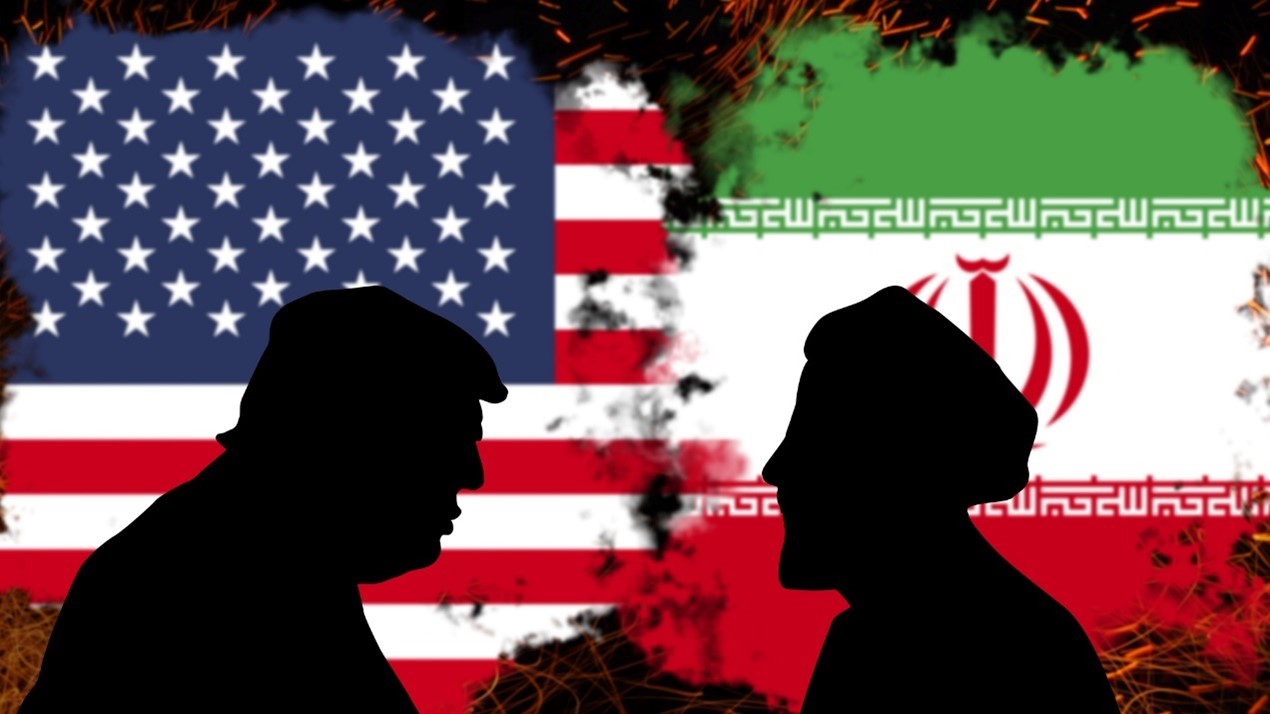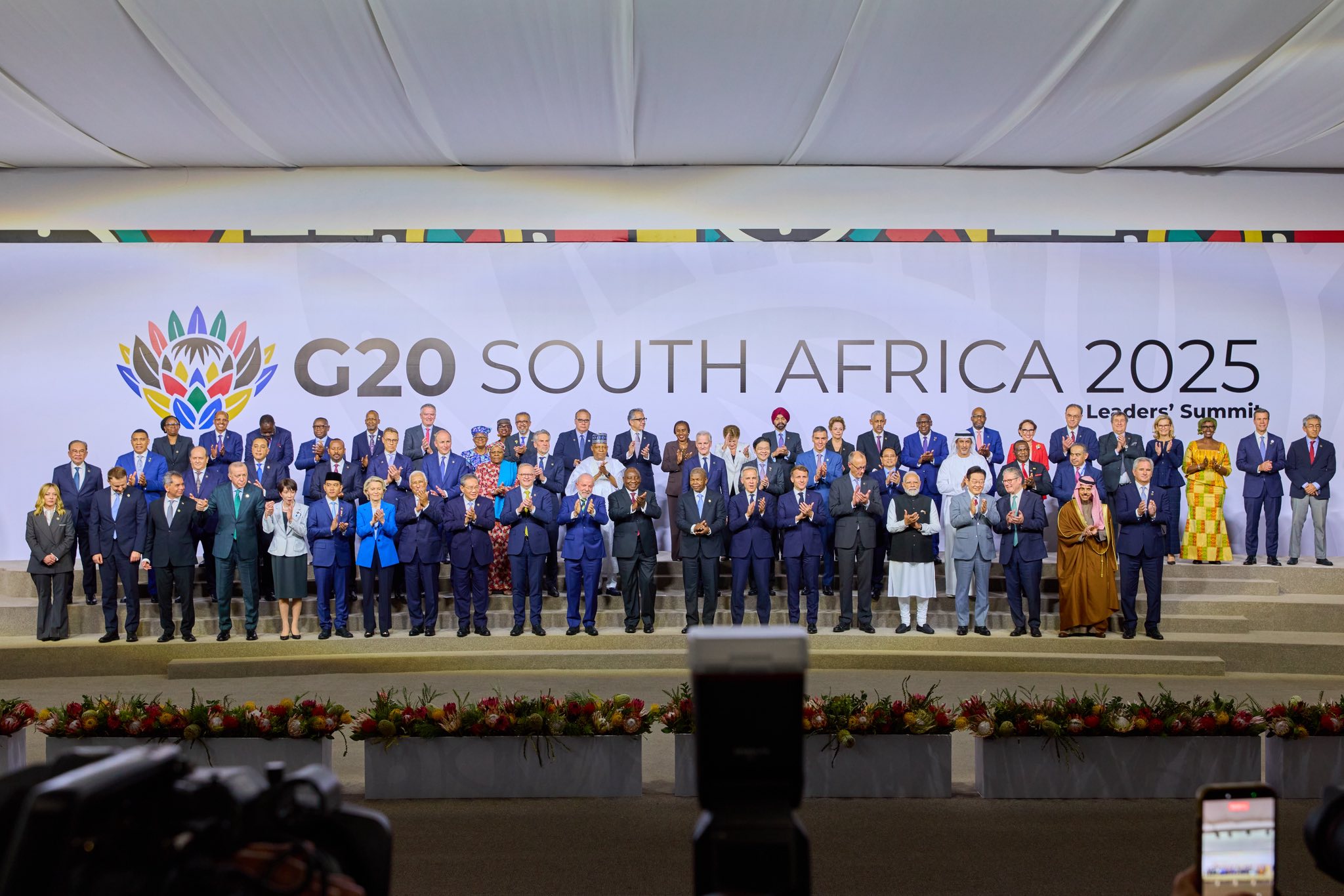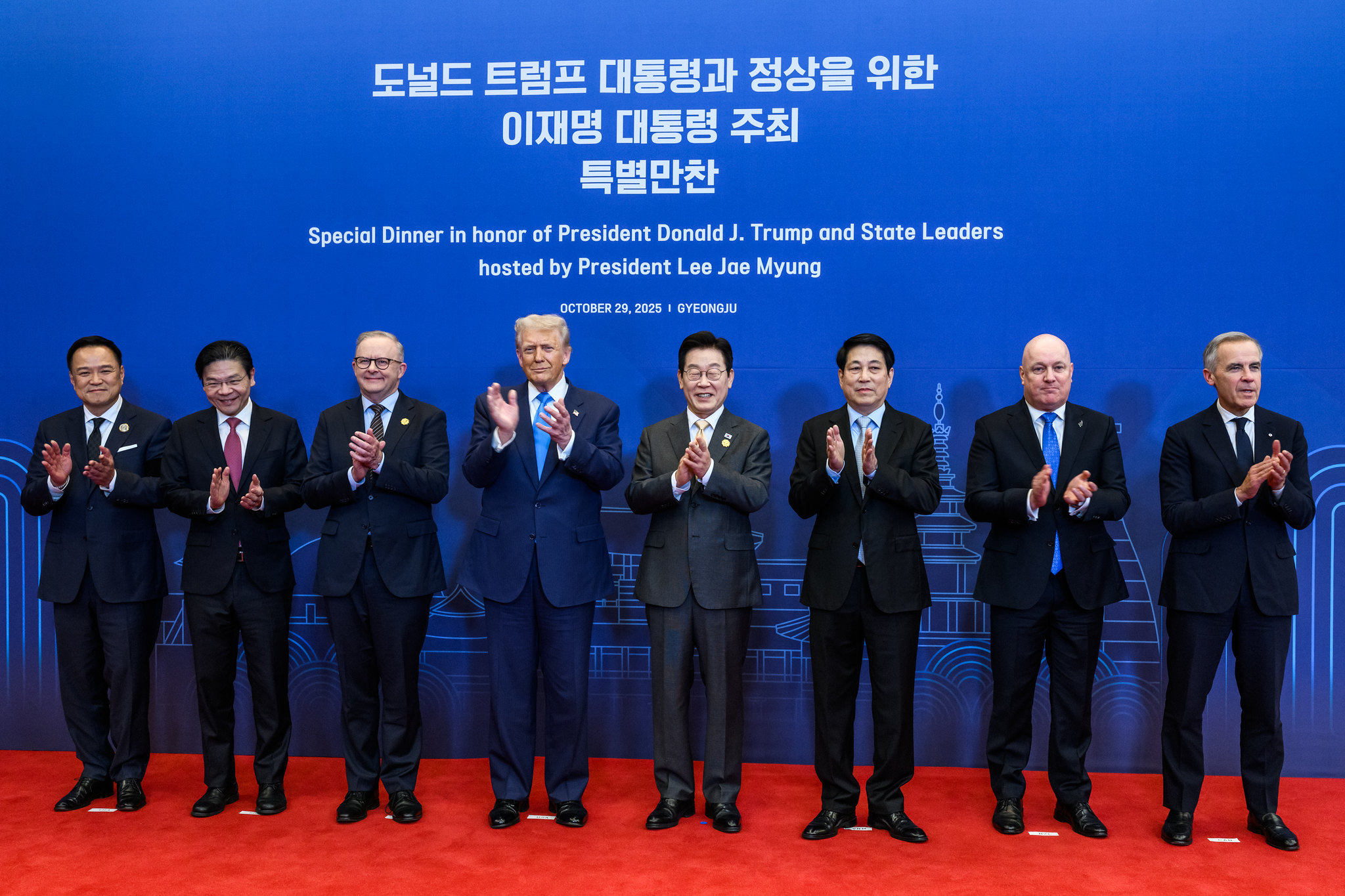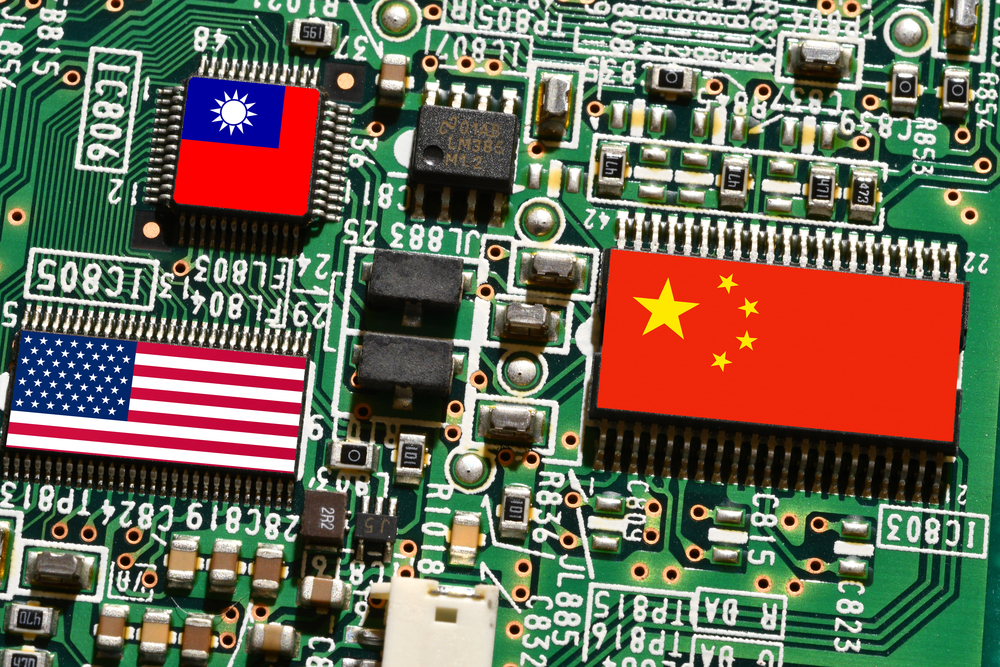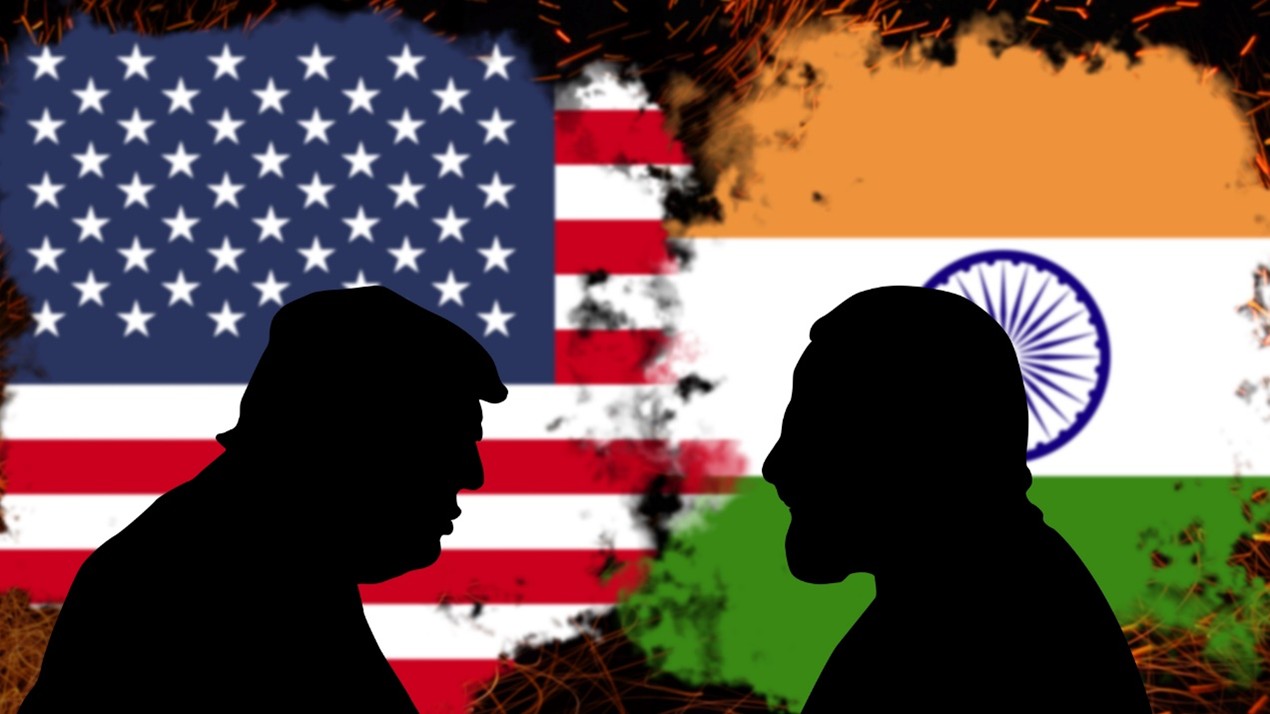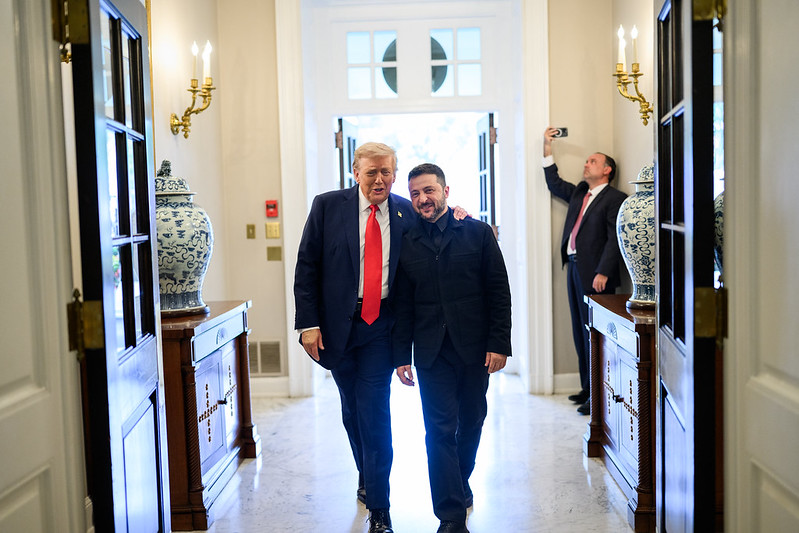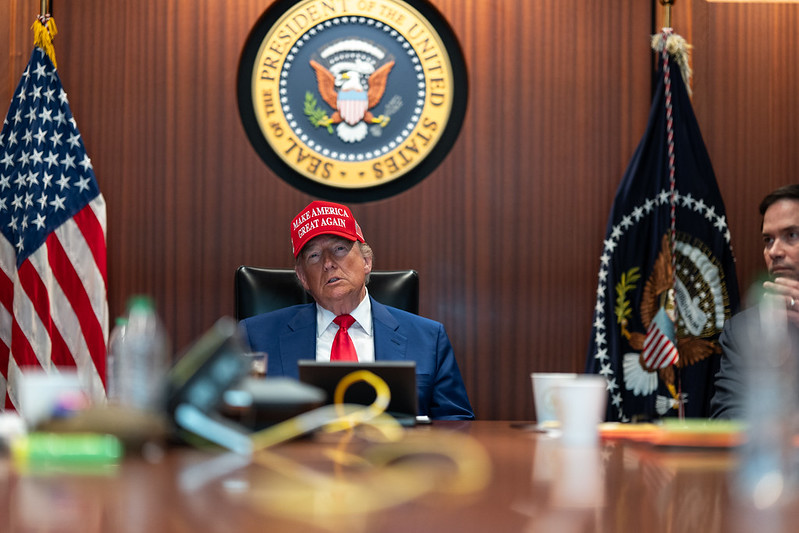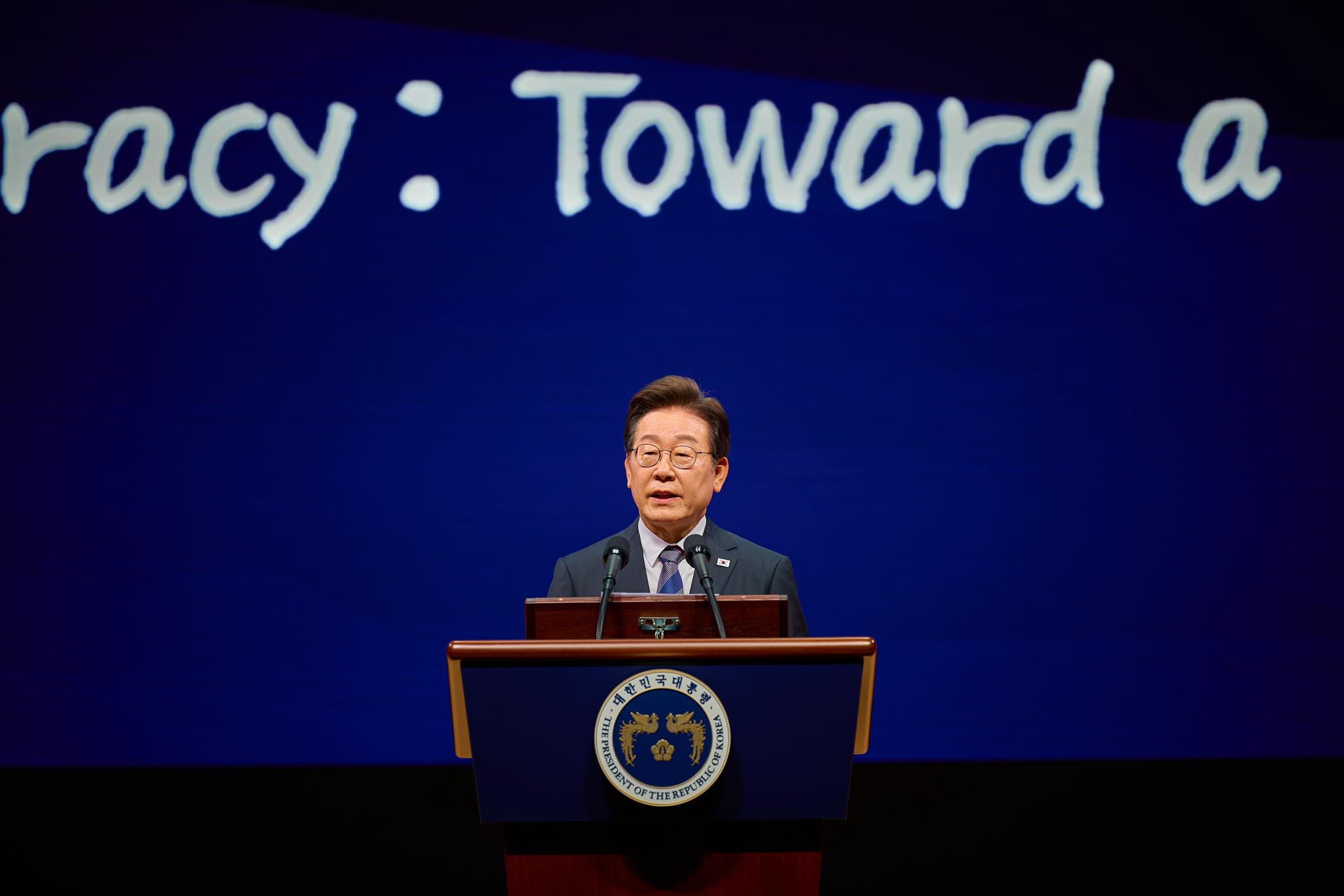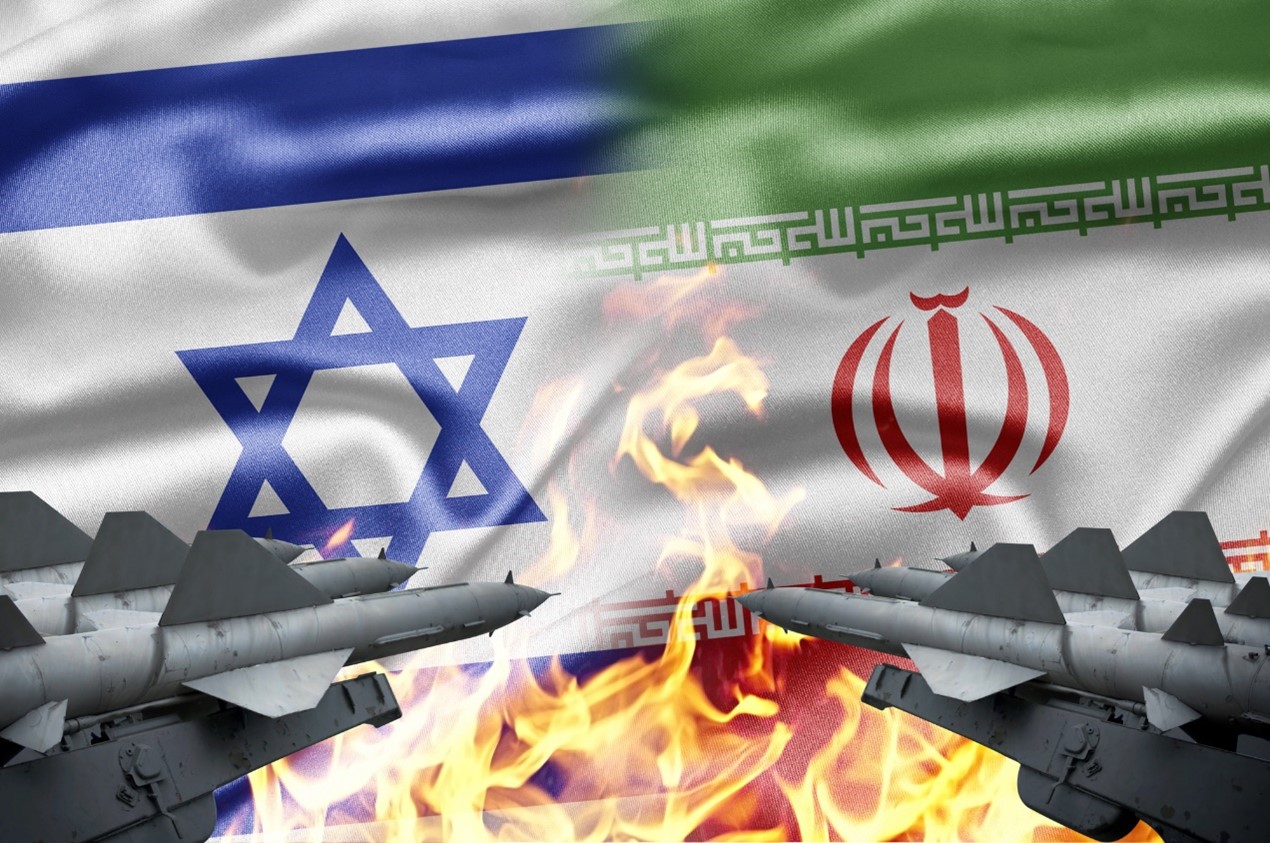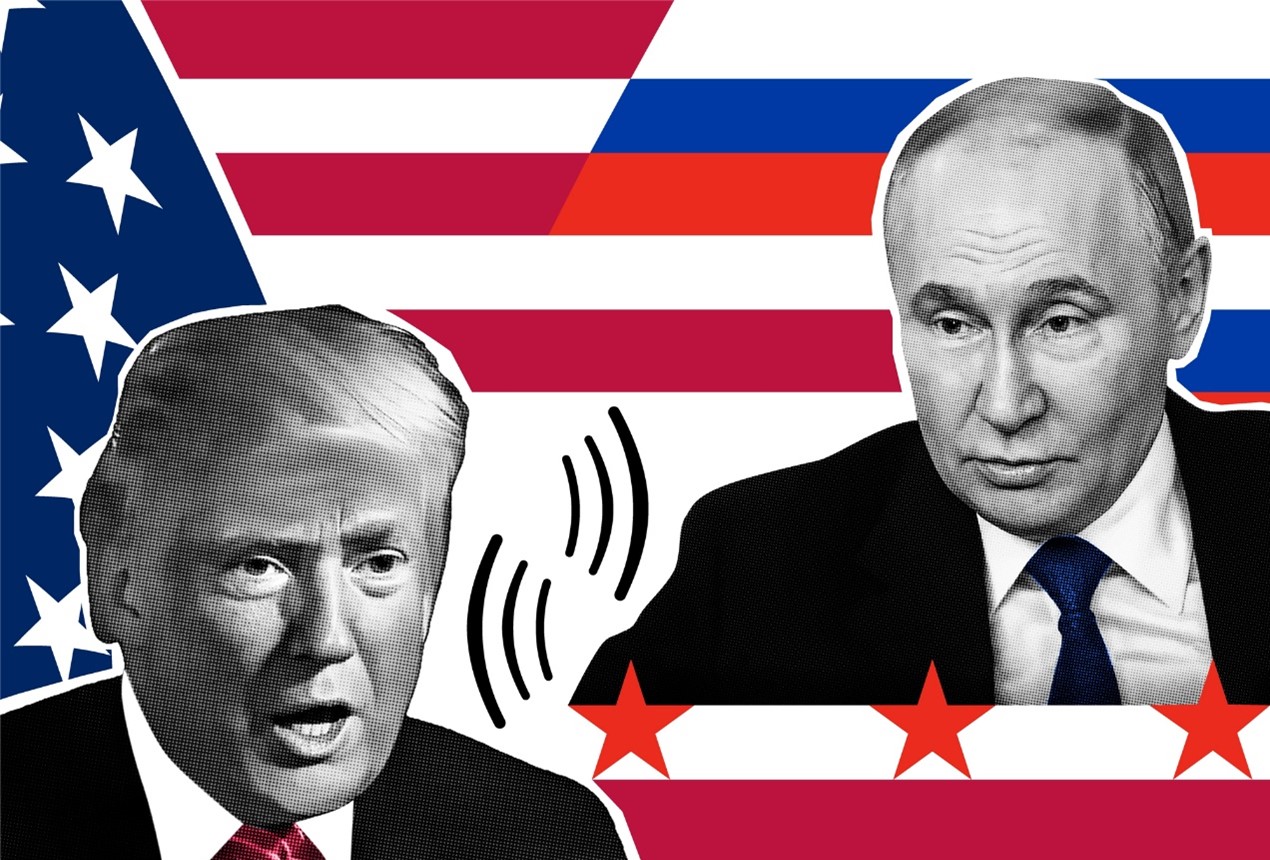Although the leaders of Iran and the United States prefer a diplomatic solution regarding Iran's nuclear program and despite the progress made in recent weeks in the talks between both sides, the deep distrust between the parties and the gaps in their positions increase the likelihood of an unprecedented conflict between the countries in the coming weeks. Picture source: Depositphotos.
Prospects & Perspectives No. 25
Decision Time on the Iranian Nuclear Issue
By Danny Citrinowicz
Although the leaders of Iran and the United States prefer a diplomatic solution regarding Iran’s nuclear program and despite the progress made in recent weeks in the talks between both sides, the deep distrust between the parties and the gaps in their positions increase the likelihood of an unprecedented conflict between the countries in the coming weeks. The results of the negotiations will have a significant impact not only on the Iranian regime but on the Middle East as a whole.
In recent weeks, there has been a significant increase in tensions between Iran and the United States, against the backdrop of the American operation against the Houthis in Yemen and the repeated threats from the U.S. administration against Tehran, including Washington’s threat to use force if an agreement on the Iranian nuclear program that will prevent Iran from acquiring atomic weapon is not reached.
The reports of the deployment of American bombers to Diego Garcia in the Indian Ocean and the arrival of another aircraft carrier in the Indian Ocean seemingly indicate the seriousness of the United States’ intentions to resolve this problem in one way or another. On the other hand, the fact that the two sides have already met twice to discuss a possible nuclear agreement in Oman and Rome highlights their motives to avoid escalation.
Tehran’s calculations
From Iran’s perspective, the willingness to meet with President Trump’s envoy, Steve Witkoff, embodies a fundamental compromise by the Iranian regime, especially given the recent weeks’ declaration by the Iranian supreme leader Ali Khamenei against these negotiations. Khamenei might see President Trump as primarily responsible for the assassination of Qassem Soleimani, commander of the Quds Force, and accountable for the U.S. withdrawal from the nuclear agreement with Iran. However, given the potential for escalation and the concentration of U.S. forces in the Gulf, the Iranian leader was willing to demonstrate flexibility now to prevent escalation between the countries that could jeopardize his regime. In addition, Iran’s economic situation is such that Tehran urgently needs the removal of sanctions, especially on its energy sector, if it is to restore its deteriorating economy. The Iranian economy, which is based primarily on the country’s ability to export oil, is struggling significantly, considering the moves taken by the Trump administration against Tehran’s oil export capacity within the framework of the policy of maximum economic pressure.
Even if Iran estimates that it will be impossible to reach an agreement at this juncture, it will be wary of ending the diplomatic activities related to a future agreement, with the understanding that the collapse of the talks would clear the stage for kinetic options against its nuclear sites, and will allow the E3 countries (the UK, Germany and France) to activate the Snapback mechanism that will reinstate all sanctions on Tehran.
U.S. considerations
From the U.S. perspective, it is evident that while President Trump is willing to use force against Iran, his priority is finding a peaceful solution and not escalate into a conflict that U.S. intelligence assesses might lead to a regional war. This is the main reason why President Trump’s special envoy to the talks with Tehran, Steve Witkoff, did not demand Iranian Foreign Minister Abbas Araghchi that Iran completely dismantle its nuclear program, as happened in Libya, knowing that this is a red line for the Iranian regime and that negotiations would collapse if he demanded it.
As Iran and the U.S. are not interested in escalation, they are now conducting serious negotiations with the mediation of Oman. From the first round of the talks, it seems that Tehran is ready for some limitations on its nuclear program based on the principle of the 2015 nuclear agreement (Joint Comprehensive Plan of Action, or JCPOA) and upgrading its inspection measures, “that will prove that this is a program for peaceful purposes,” in exchange for the lifting of all sanctions. At the same time, Iran has no readiness or willingness to discuss with the U.S. any issue other than the Iranian nuclear program. Tehran firmly refuses to include in the dialogue with the Trump administration issues such as limiting its missile program or discussing limiting the activities of its proxies throughout the Middle East. Tehran generally claims that these proxies are “independent of their fate” and are not connected to Tehran in any way.
In the American context, the question will be whether Washington will be willing to settle an agreement for suggested Iranian restrictions on the current nuclear program, and, unlike the latest statement, accept Iran’s demand that negotiations focus only on the nuclear issue, with no restriction on other Iranian capabilities. The time frame President Trump has set for the talks (two months) is very challenging for the parties. This is because, given the complexity of the nuclear issue, the parties will have difficulty reaching a complete agreement even if the scope for agreement between them is enormous. The sides are trying to draft a principal deal that will include agreed-upon basic principles for the future of the Iranian nuclear agreement.
Challenges ahead
Despite the significant progress made in the negotiations between Iran and the U.S. in recent meetings, it is essential to emphasize that the parties at present are still far from an agreement. There are quite a few other issues that the parties will have to discuss beyond limiting the level of enrichment in Iran. They include the question of the future of advanced centrifuges, what will be done with the enriched material that already exists in Iran today (including to a high level of 60 percent), how the supervision of the International Atomic Energy Agency (IAEA) will be improved, and more. In other words, despite the basic desire of the parties in the agreement and the Trump administration’s willingness in principle not to demand the dismantling of the Iranian nuclear program, the parties are still far from reaching an agreement. Israel, meanwhile, is trying to convince Washington officials that, in light of Tehran’s weakness, there would be no better time to attack its nuclear sites and thus end the Iranian nuclear problem without an agreement that would significantly improve the stability of the regime in Iran.
The bottom line is that even though Iran is under increasing pressure and is subject to a tangible American threat, it will not accept any U.S. demand. If this agreement is achieved, the chances of military escalation will drop dramatically, and the chances of a long settlement will improve significantly. Conversely, failed talks would substantially increase the likelihood of escalation. Therefore, their success, or at least their continuation, rules out any idea of attacking Iran for the time being.
(Danny Citrinowicz is a Research Fellow in the Iran Program at the Institute for National Security Studies.)


